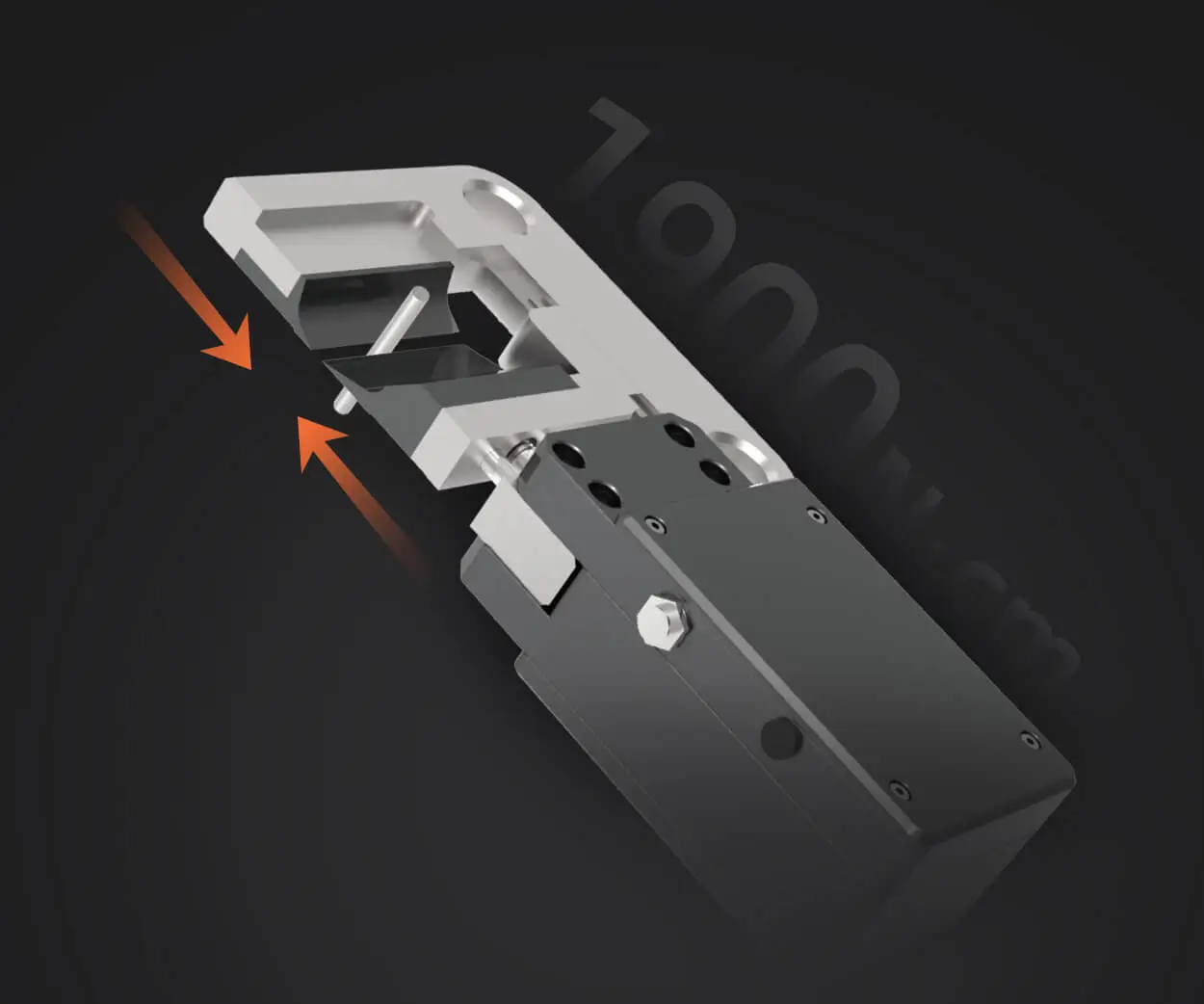Ever wonder what really powers those crazy robotic arms or CNC machines? It's often the tiny, yet mighty, servo motor. But here’s a question that pops up—how does the current a servo motor draws relate to the torque it produces? It’s one of those riddles that sounds simple but behind the scenes, everything gets pretty interesting.

Let’s start with the basics. Think of a servo motor like a beast that gets energized to twist and turn. When it’s working hard, it pulls more electricity. That’s the current. But what does that mean for the torque? Torque is basically the twisting force, the oomph that moves your robot or 3D printer’s arm. It’s what makes things happen.
Now, picture this: as the motor starts spinning and lifting a load, it needs more "juice"—more current—to generate enough force. That’s where the correlation kicks in. That surge in current aligns pretty closely with demand for torque. Wanna know why? Because the motor’s internal coils generate magnetic fields, and the stronger these fields, the more force they can exert.
Here’s where things get really intriguing—at low speeds, the current often climbs just to maintain precise positioning or handle heavier loads. When a load is heavier, the motor's controller registers this, ramping up the current to produce more torque. So, if a servo motor is struggling under a heavy load, you’ll see a spike in current. Easy to visualize: more effort, more juice.
But of course, it's not just about raw power. The efficiency of the motor and its design influence how current translates into torque. Some motors, like those using high-grade copper windings, can deliver high torque with less current. Others might need more current to get the same work done. It’s a bit like comparing a sports car to an economy car—performance, efficiency, and fuel consumption all tie together.
Simply put, measuring the current can tell you a lot about what’s happening on the torque front. It’s like feeling the engine’s heartbeat—fast, steady, or pounding—each tells a story about how much effort the motor’s putting into its task.
Ever thought about what happens if the current gets too high? That’s when things get risky. Overcurrent can lead to overheating, which might damage the motor or reduce its lifespan. That’s why modern servo systems include safeguards—limiting current to protect the motor and ensure it keeps going smoothly, even under tough conditions.
So, why does all this matter? If you're designing or picking a servo motor, understanding this relationship helps you make smarter choices. Need high torque at low currents? Look for efficiency-optimized models. Want to prevent overheating? Keep an eye on the current draw. It’s a balancing act, but once you get the hang of it, selecting the right servo becomes way less daunting.
In the end, it’s pretty cool—knowing how something as simple as current can reveal so much about the force it can generate. Whether it’s a robotic arm reaching out or a CNC machine working its magic, understanding the connection between current and torque makes all the difference.
Leveraging innovations in modular drive technology, Kpower integrates high-performance motors, precision reducers, and multi-protocol control systems to provide efficient and customized smart drive system solutions.




































